Rising Steel Demand
The Iron Ore Market is currently experiencing a surge in demand for steel, primarily driven by infrastructure projects and urbanization. As countries invest in construction and manufacturing, the need for steel, which is produced from iron ore, has escalated. For instance, projections indicate that steel production could reach 2 billion tons by 2026, necessitating a corresponding increase in iron ore extraction. This heightened demand for steel is likely to bolster the iron ore market, as producers strive to meet the needs of various sectors, including automotive and construction. Consequently, the Iron Ore Market is poised for growth, with companies focusing on expanding their production capacities to capitalize on this trend.
Supply Chain Dynamics
The Iron Ore Market is significantly influenced by supply chain dynamics, particularly in the context of transportation and logistics. The efficiency of supply chains directly impacts the availability and pricing of iron ore. Recent data suggests that disruptions in shipping routes and port operations can lead to fluctuations in iron ore prices, affecting market stability. For instance, delays in shipments from major exporting countries can create shortages in importing nations, driving prices upward. As companies seek to mitigate these risks, investments in infrastructure and logistics are becoming increasingly critical. This focus on supply chain optimization is expected to play a pivotal role in shaping the future of the Iron Ore Market.
Environmental Regulations
The Iron Ore Market is facing increasing scrutiny regarding environmental regulations, which are becoming more stringent across various regions. Governments are implementing policies aimed at reducing carbon emissions and promoting sustainable mining practices. This regulatory landscape is compelling iron ore producers to adopt greener technologies and practices, which may involve higher initial costs but could lead to long-term benefits. For instance, companies are exploring methods to reduce water usage and minimize land disruption during mining operations. As these regulations evolve, the Iron Ore Market must adapt to remain compliant while also addressing the growing demand for sustainable products from consumers and investors alike.
Technological Innovations in Mining
Technological advancements are reshaping the Iron Ore Market, enhancing efficiency and productivity in mining operations. Innovations such as automation, artificial intelligence, and advanced data analytics are being integrated into mining processes, leading to reduced operational costs and improved safety. For example, the adoption of autonomous trucks and drones for surveying has streamlined logistics and reduced human error. These technologies not only optimize resource extraction but also minimize environmental impact, aligning with sustainability goals. As mining companies increasingly invest in these technologies, the Iron Ore Market is likely to witness a transformation that could enhance profitability and operational efficiency.
Geopolitical Tensions and Trade Policies
Geopolitical tensions and trade policies are exerting a considerable influence on the Iron Ore Market. Trade disputes and tariffs can disrupt the flow of iron ore between countries, leading to price volatility and supply uncertainties. For example, tensions between major iron ore exporting nations and importing countries can result in sudden shifts in market dynamics. Additionally, changes in trade agreements may open new markets or restrict access to existing ones, further complicating the landscape. As stakeholders navigate these complexities, the Iron Ore Market must remain agile, adapting to the evolving geopolitical climate to ensure stability and growth.
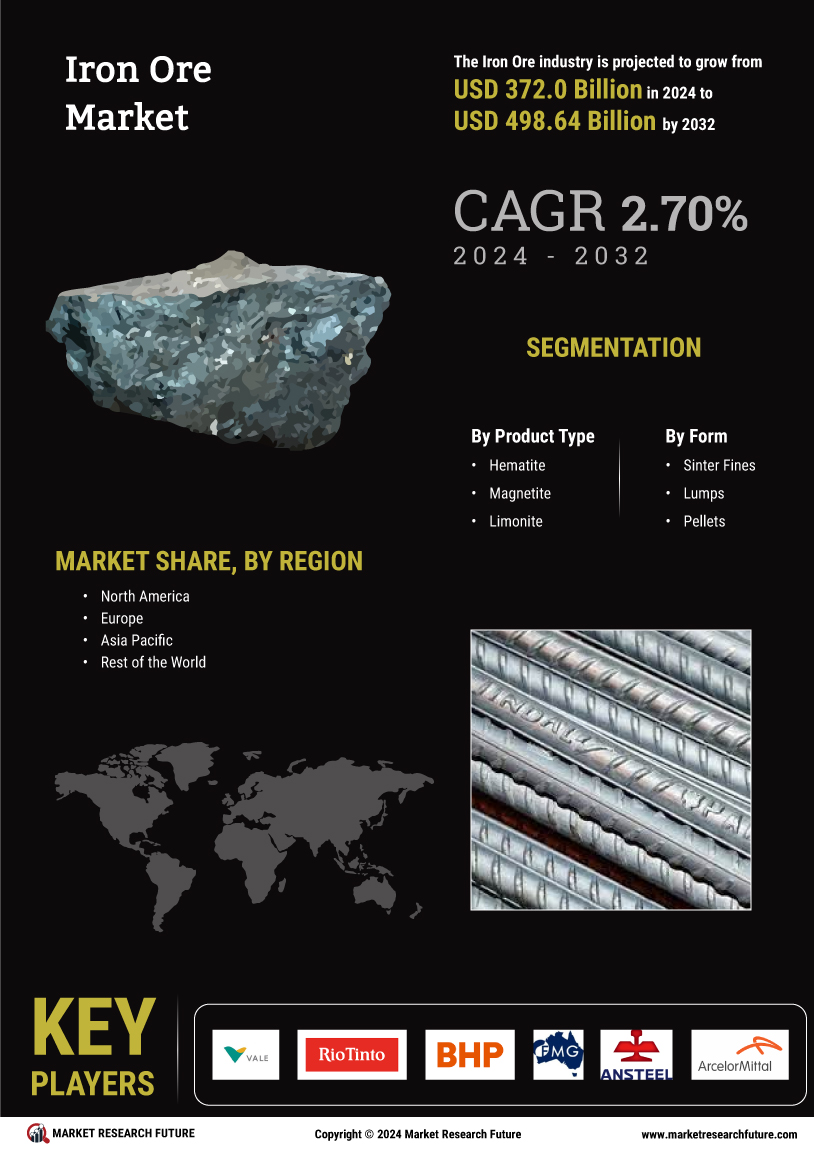

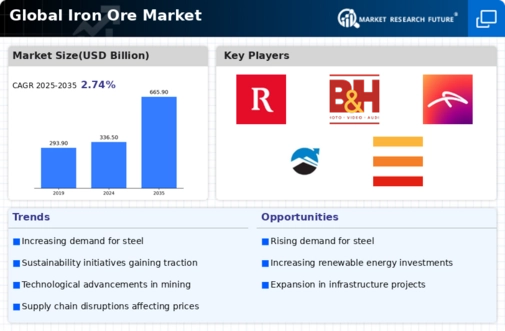
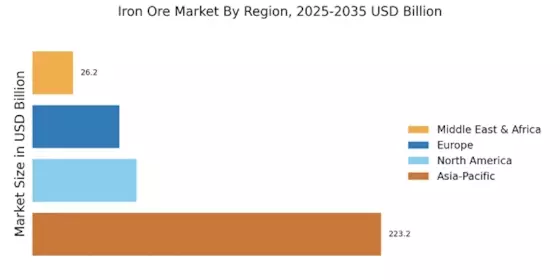

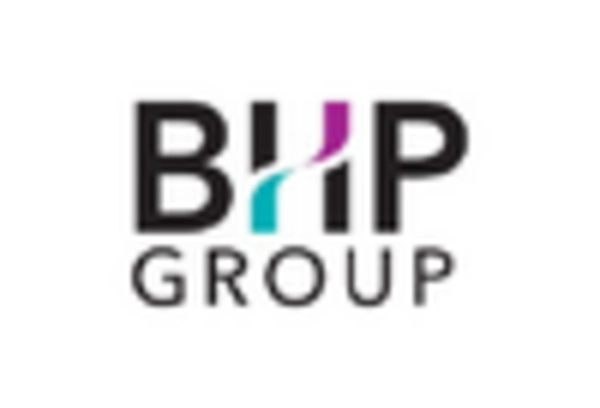

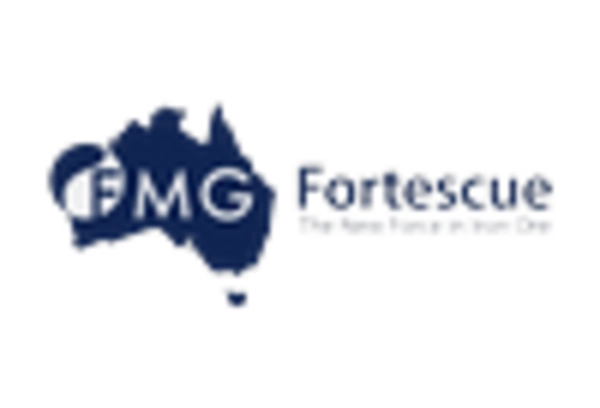
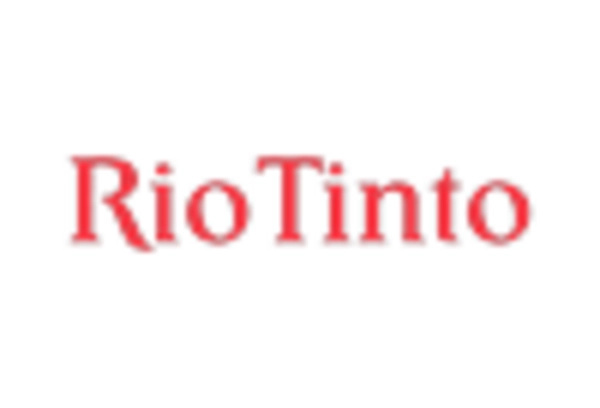
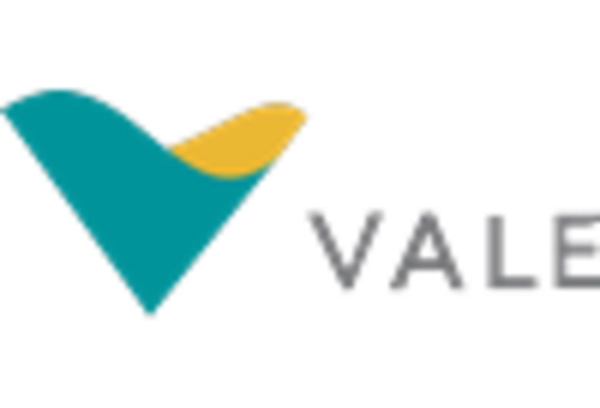








Leave a Comment